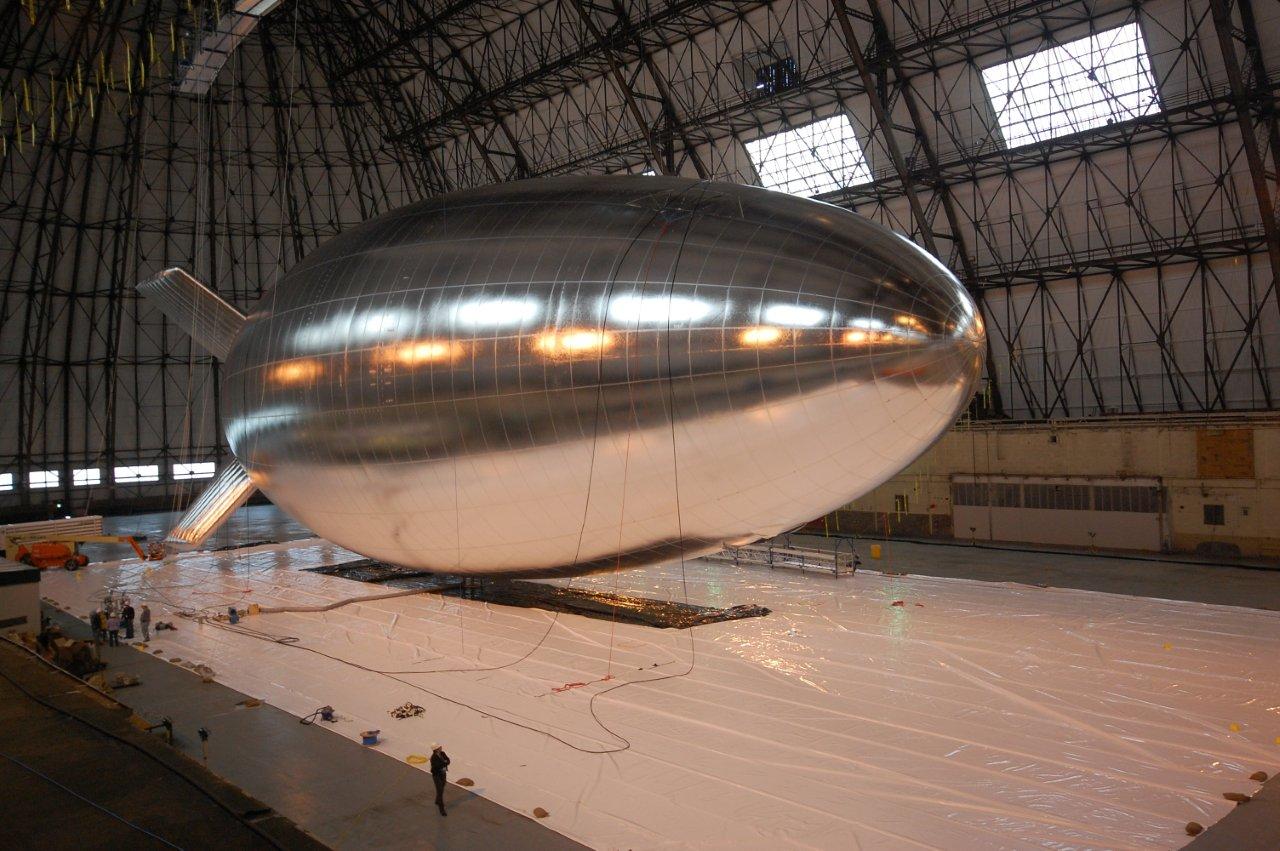Source: airshipstothearctic.com
Game Changers
Advances in transportation technology are game changers. The advent of steam railways opened up the centers of the continents to settlement because it became economic to cultivate crops and ship them to distant markets. The development of jet airplanes created worldwide tourism because it became possible for the masses to afford a holiday in the sun or a trip to visit interesting locations. The introduction of ISO sea containers spurred the economic growth of the “Asian tigers” and the globalization of manufacturing. The next great game changer is transport airships.
Skeptics often wonder why the skies are not already filled with transport airships, if this technology is so great. The answer is complicated, but the slow introduction of transportation is typical. It took 50 years for the railways to reach the level of development where freight became economic. Passenger airplanes were too dangerous for trans-Atlantic flights for their first 40 years. Similarly, sea containers took 25 years before they became widely adopted. Transport airships could have been built anytime in the past 25 years, but the combination of supply and demand is only now readily apparent.
The implications of transport airships for trade and economic development are significant. Airships will be most competitive in areas that lack road or rail infrastructure. Despite 200 years of industrial progress, large areas of the globe remain inaccessible except by air. Canada is a good example. Only 30 percent of Canada’s land mass has surface infrastructure. Transport airships will be a game changer for the development of Canada’s natural resources and living standards of communities located in these remote areas. Of course, Canada is not the only nation with problems of accessibility – Brazil, Congo, Russia and Australia all have remote areas.
Trans-oceanic shipments are the other market where the impact of transport airships will be significant. Air cargo is the fastest growing segment of transportation, but it is also the most sensitive to fuel prices and the largest source of greenhouse gas emissions on a ton-mile basis. As oil prices rise and governments become more serious about climate change, the cost of air cargo is set to increase significantly. Transport airships can lower the costs of airfreight and reduce pollution simultaneously. Granted, these airships will have to be larger than any that have been built to be economic, but no technological barriers remain. The remaining barrier is the lack of business confidence.
The game changer that is going to create business confidence is the acquisition of military airships. The LEMV and HALE projects of the U.S. Army, and the Blue Devil project of the U.S. Air Force, are set to deliver the largest airships since the giant Zeppelins of the 1930s. Once, these large airships take to the air, the doubts about the reliability of the vehicles will be put to rest. We will not have to wait long to see these new airships. The contracts call for delivery at the end of 2011.
How would the advent of large transport airships change the world? Ocean barriers would cease to isolate island nations and limit the trade between continental markets. Remote areas would become accessible, without destroying the delicate environment that characterizes exotic locations. New trade opportunities will be created and economic gateways will be re-ordered. Like the global impact of railways, airplanes and containers, transport airships will alter the fabric of the world economy in ways that are unforeseen, and from which there will be no return to the old ways of doing things.
The sixth Airships to the Arctic conference explores the forward and backward linkages of the emerging airship industry. The introduction of transport airships will require new locations for transshipment and generate economic opportunities that do not exist today. Just as these other modes of transport spawned an array of input suppliers, this conference examines the supply base of the airship industry. Construction of large transport airships will create the need for materials, engines, pilots, avionics and many other large and small input suppliers.
Source: airshipstothearctic.com
Click here to see the conference program.



